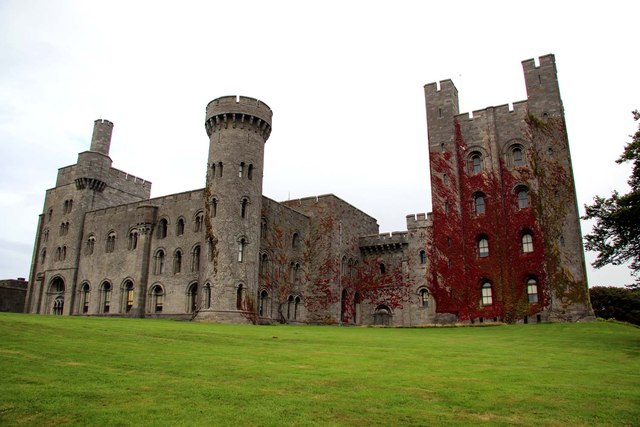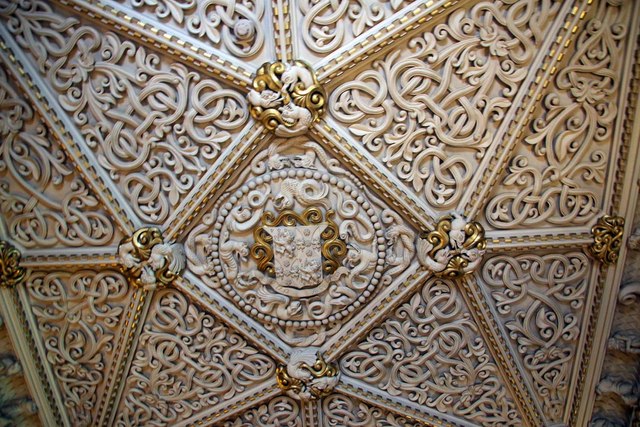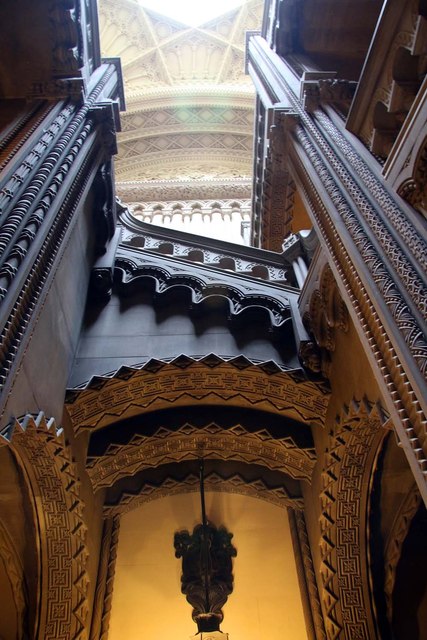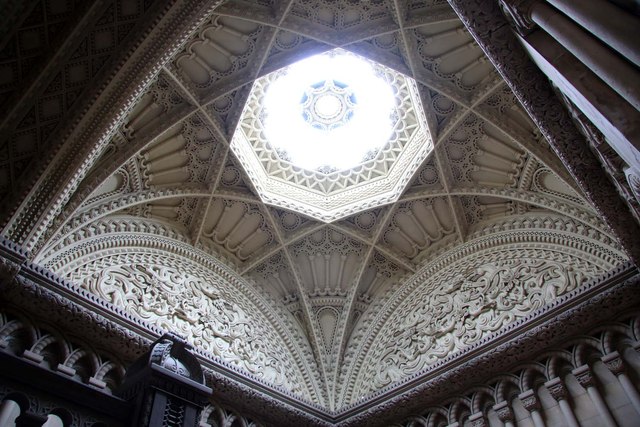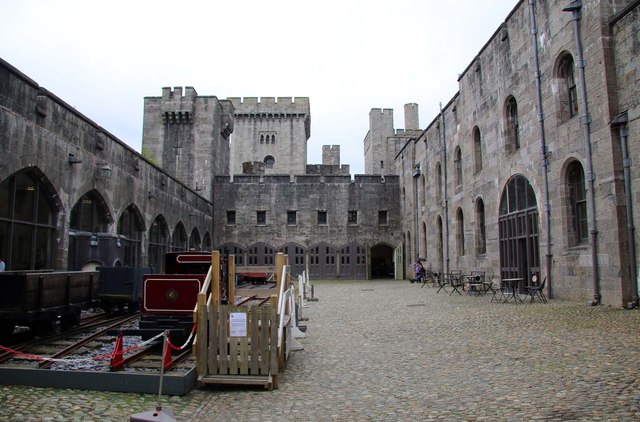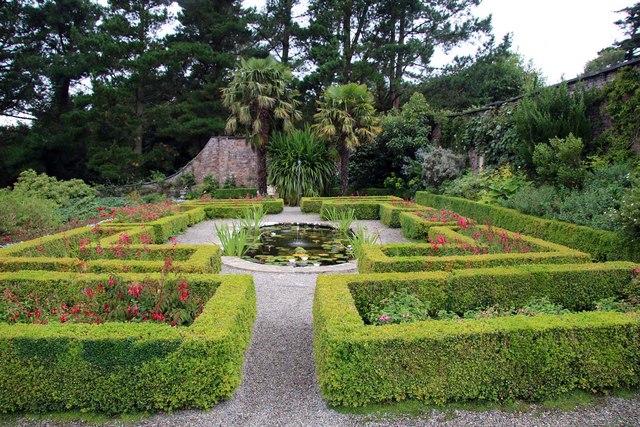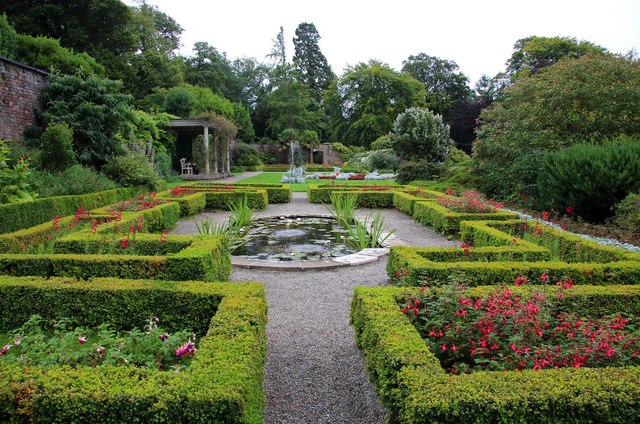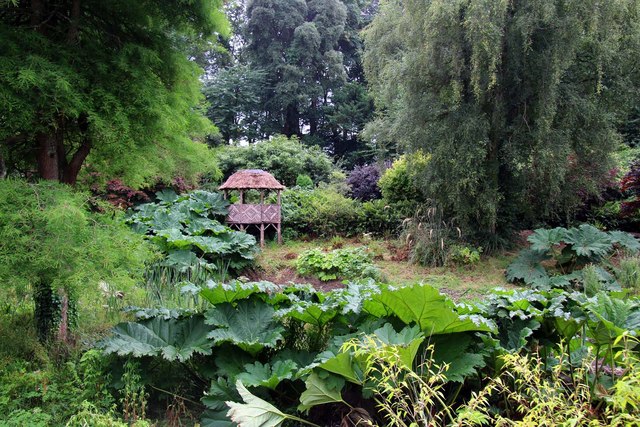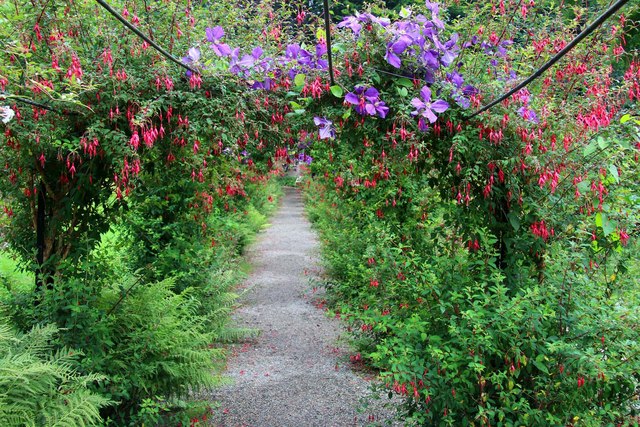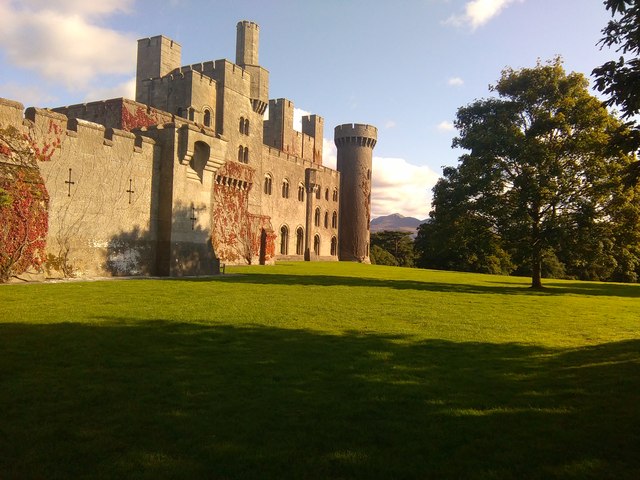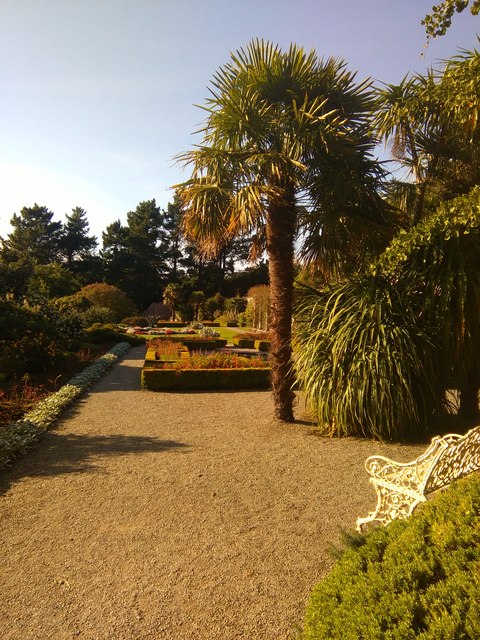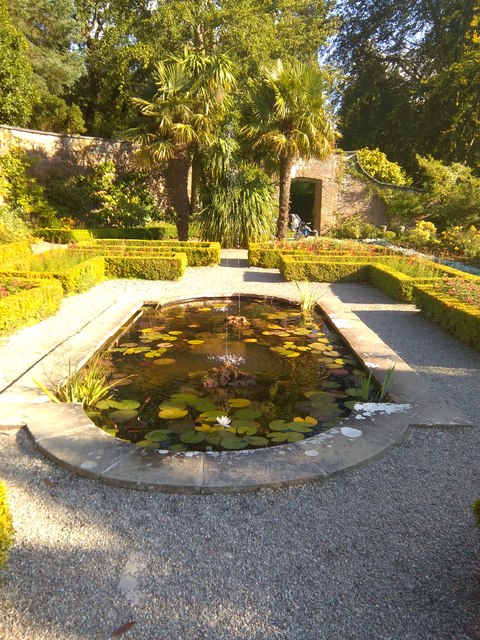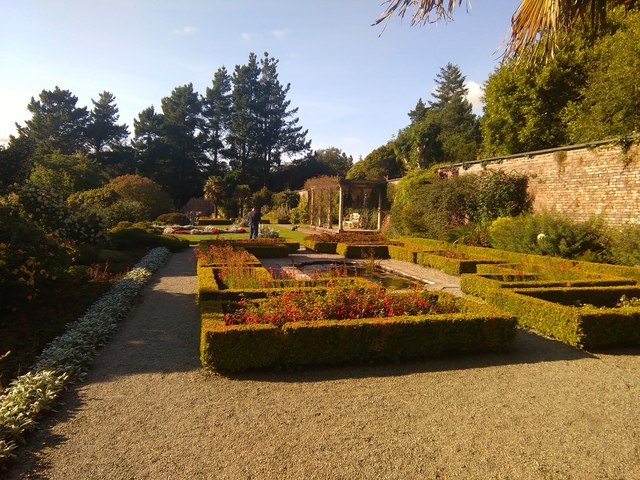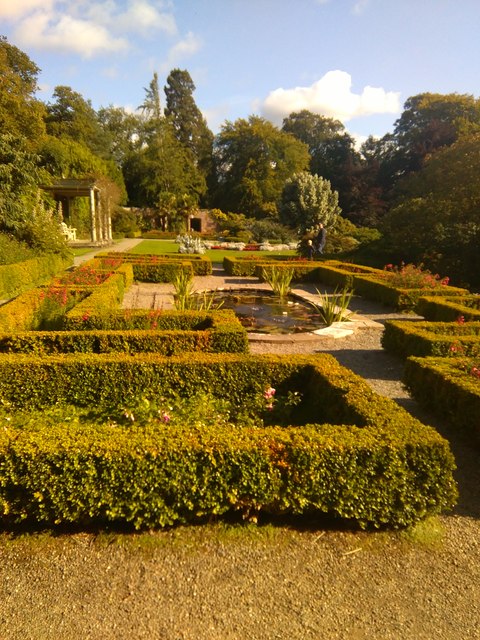Abercegin
Coastal Marsh, Saltings in Caernarfonshire
Wales
Abercegin
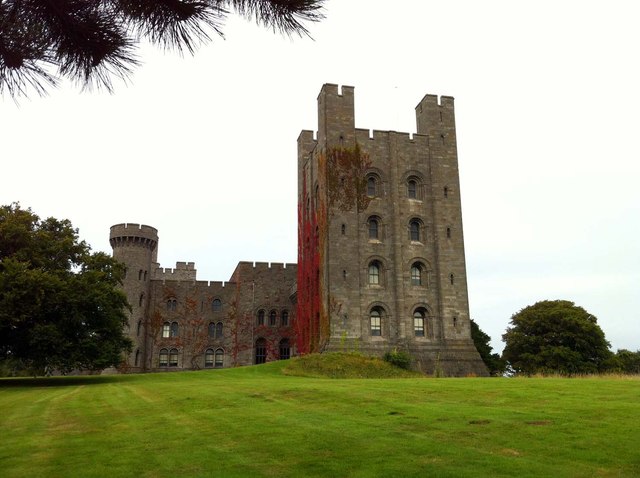
Abercegin is a small coastal marshland located in the county of Caernarfonshire, Wales. Positioned along the western coast of the country, it is nestled between the towns of Caernarfon and Pwllheli. Characterized by its unique landscape and diverse ecosystem, Abercegin is primarily known for its expansive salt marshes and saltings.
The marshland stretches across a significant area, encompassing both inland and coastal sections. These marshes are formed by the convergence of several rivers, including the Afon Seiont and the Afon Dwyfach, which bring nutrient-rich sediments to the area. This fertile soil supports a variety of plant species, including salt-tolerant grasses, rushes, and reeds.
Abercegin is also home to a plethora of wildlife, attracting birdwatchers and nature enthusiasts alike. The marshes provide an ideal habitat for numerous bird species, such as curlews, redshanks, and oystercatchers. During the winter months, large flocks of migratory birds can be observed here, seeking shelter from the harsher climates further north.
In addition to its natural beauty, Abercegin offers visitors a range of recreational activities. The area is a popular destination for hikers and walkers, with several trails winding through the marshes and offering stunning coastal views. Anglers are also drawn to the region, as it provides excellent opportunities for fishing in the rivers and estuaries.
Overall, Abercegin in Caernarfonshire offers a captivating mix of natural wonders and outdoor pursuits. Whether exploring its diverse flora and fauna or simply enjoying the tranquility of the marshes, visitors are sure to be enthralled by the unique charm of this coastal gem.
If you have any feedback on the listing, please let us know in the comments section below.
Abercegin Images
Images are sourced within 2km of 53.233187/-4.10608 or Grid Reference SH5972. Thanks to Geograph Open Source API. All images are credited.

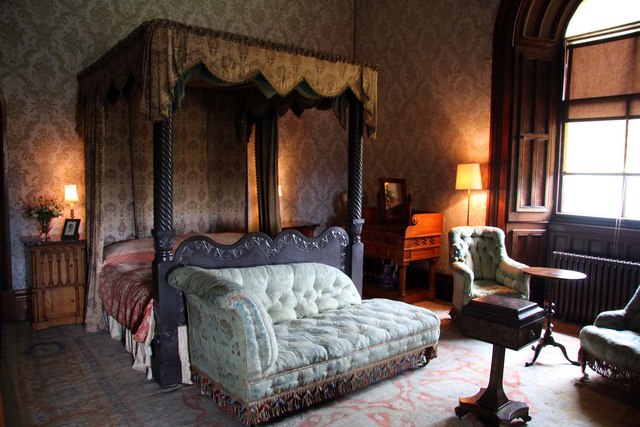
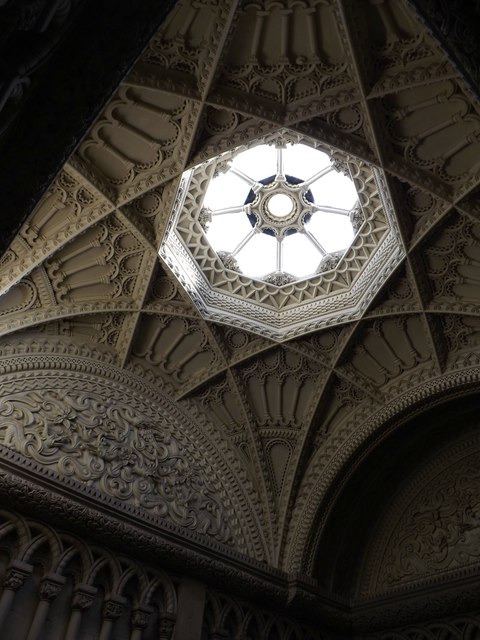
Abercegin is located at Grid Ref: SH5972 (Lat: 53.233187, Lng: -4.10608)
Unitary Authority: Gwynedd
Police Authority: North Wales
What 3 Words
///customers.catchers.curly. Near Bangor, Gwynedd
Nearby Locations
Related Wikis
Port Penrhyn
Port Penrhyn (Welsh: Porth Penrhyn) is a harbour located just east of Bangor in north Wales at the confluence of the River Cegin with the Menai Strait...
Afon Cegin
The Afon Cegin (River Cegin in English) is a small river draining parts of North Wales and discharging to the Menai Strait at Porth Penrhyn. Its name means...
River Adda (Wales)
River Adda (Afon Adda in Welsh) is a small watercourse which flows, through the city of Bangor North Wales before discharging into the Menai Strait at...
Penrhyn Castle
Penrhyn Castle (Welsh: Castell Penrhyn) is a country house in Llandygai, Bangor, Gwynedd, North Wales, constructed in the style of a Norman castle. The...
Nearby Amenities
Located within 500m of 53.233187,-4.10608Have you been to Abercegin?
Leave your review of Abercegin below (or comments, questions and feedback).
